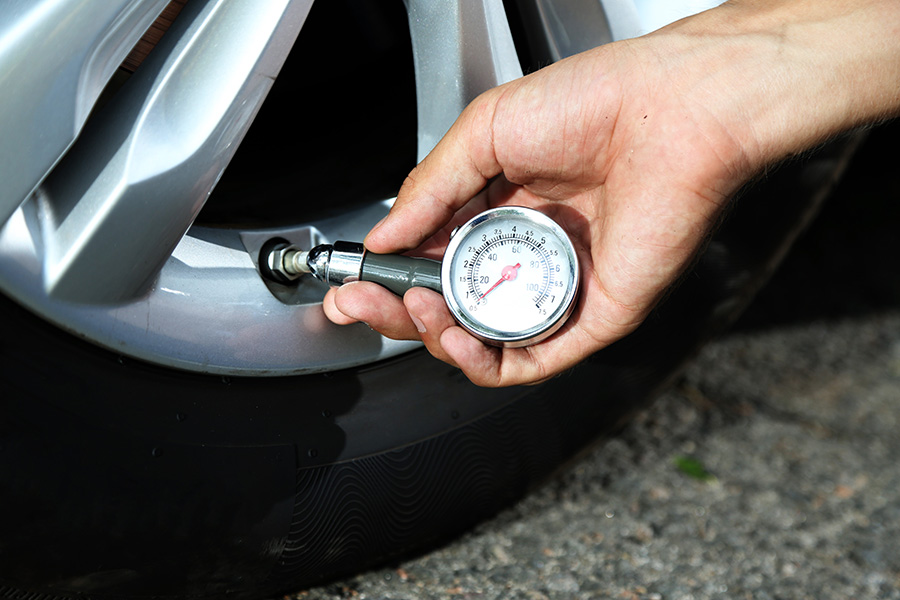What Should You Do to Avoid Tire Repair? Tire Maintenance 101
Posted May 09th 2014
Most people are familiar with maintaining their vehicles. You change your oil every 3,000 miles. You change the air filter to make sure the engine has a good supply of cool, fresh air. You know about changing spark plugs, and the importance of servicing your transmission on the manufacturer’s recommended schedule. However, do you know what you should do to maintain your tires? Tire maintenance is the first line of defense against potential tire repair or replacement. Follow these simple steps.
Want to Avoid a Tire Repair? Rotate Your Tires Regularly
The first and most important thing to ensure that you’re doing with your tires is to have them rotated regularly. The average schedule is to rotate your tires front to back every 6,000 miles or so, but you might need a different schedule. Edmonton tire shops can advise you on the best schedule for your driving needs. Rotating your tires keeps the tread wear even and helps extend the life of all four tires. Not rotating your tires will lead to uneven tread wear, the potential for scalloping or cupping on the non-drive tires, and the need for early replacement on your drive wheels.
Alignments Matter
When it comes to tire wear, there are several factors at play. One is certainly rotating your tires. Another is tire pressure. A third, and one that many drivers overlook regularly, is the need for an alignment. The steering and suspension system of your car is delicate, and can be thrown off by even the smallest things, like hitting a pothole. Regular alignments make sure that your camber, caster and toe are all set correctly. If your alignment is out, then your car is not tracking properly down the road. This leads to serious wear on your tires, and can cause very premature failure – sidewall wear can kill your tires in no time at all. Have your car aligned regularly by a professional tire shop in Edmonton.
Tire Pressure
And finally, as mentioned above, the amount of air pressure in each of your tires plays a role in how long it will last. You need to make sure that your tires are set by your OEM’s specification, which can be found on the informational placard inside the driver doorjamb. Do not set your tire pressure by the PSI rating on the side of the tire – that’s incorrect and will lead to the need for tire repair or replacement.




